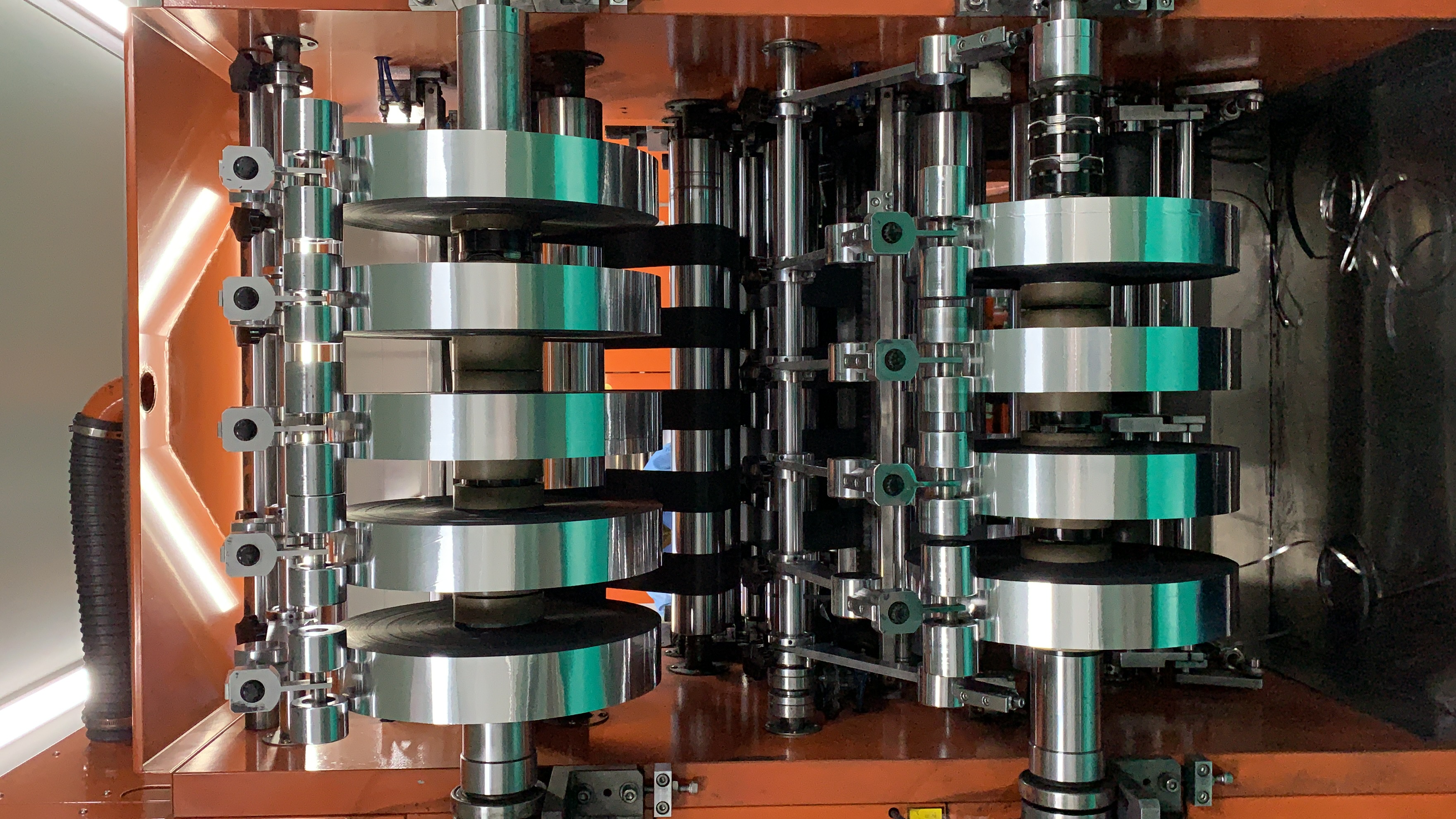锂离子电池历史意大利时期
2020-03-19 15:07:21
Electrochemical power, usually called chemical power, is a device that converts chemical energy into electrical energy. Rechargeable batteries (rechargeable batteries in English), sometimes called secondary batteries (also known as secondary batteries), can convert chemical energy into electrical energy. A device that can also convert electrical energy into chemical energy under appropriate conditions.

The earliest electrochemical research was related to bioelectrochemistry. It is generally believed that electrochemical research originated from the work of LuigiGalvani of Bologna University in Italy and AlessandroVolta of Pavia University in Italy. Lithium series batteries began to appear after several chemical power systems. Sony Corporation in 1991 Lithium-ion battery industrialization (liquid electrolyte) was realized. Lithium polymer batteries appeared in 1996. In 2009, Cymbet introduced all-solid-state lithium batteries.
During this period, in 1802, Dr. William Cruickshank designed the first mass-produced battery, using Cu and Zn; the British chemist John F. Daniell was committed to solving the problem of hydrogen evolution in Volta batteries in 1836. William Robert Grove developed it in 1844 The new battery system, which has almost twice the voltage than Daniell, is made by immersing PPt and Zn in an acidic solution. In 1859, French G.Plante invented the lead-acid battery, and in 1866, the French engineer GLLeclanche invented the Le Crancher battery with manganese dioxide as the positive electrode, zinc as the negative electrode, and ammonium chloride as the electrolyte, which was named after him. Zn / MnO2-C battery. In 1899, Sweden's W. Jungner invented the Cd-Ni battery. Two years later, Edison proposed to replace Fe with Cd. Ni-Cd and Ni-Fe batteries were expensive during this period because the materials were difficult to prepare, but only later were Shlecht, Ackermann and Neumann Only after further improvements in craftsmanship and design did it really become practical. After the efforts of LewisUrry and others, alkaline Zn-MnO2 batteries became practical in 1959, Ni-H2 batteries appeared in 1970 and eventually got applications on orbit satellites, and Ni-MH batteries went to market in 1989.
Compared with traditional alkaline secondary batteries, lithium battery technology has experienced a short time from development to maturity. Lithium is the lightest metal and one of the metals with a high standard reduction potential. These two properties make it attractive for energy. The theoretical specific energy is 3860mA · h / g, while zinc is 820mA.h / g, lead is 260mA · h / g, because its standard reduction potential is less than -3.0V, non-aqueous electrolyte is used in actual batteries.
The advantages of lithium-ion batteries are:
①High working voltage, generally in the range of 3.6 ~ 4.0V, which is 3 times that of Ni-MH batteries and 2 times that of lead-acid batteries.
② High specific energy, the specific energy is 1.5 times that of Ni-Cd battery.

Li-ion batteries are not as capable of charging and discharging at high currents as Ni-Cd and Ni-MH batteries. They generally can tolerate high-current charging and discharging at 1C. The operating temperature is in the range of -20 to 60C. The cycle life exceeds 500 times. The self-discharge rate is monthly 8% ~ 12%, long shelf life, less memory effect than Ni-MH and Ni-Cd batteries. Lithium batteries have poor safety.
-
skype
Zale Zhou
